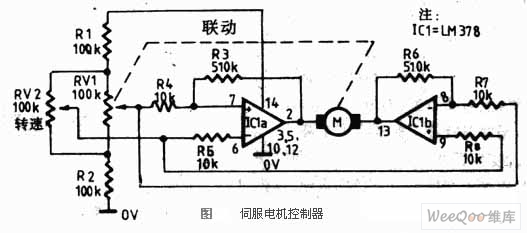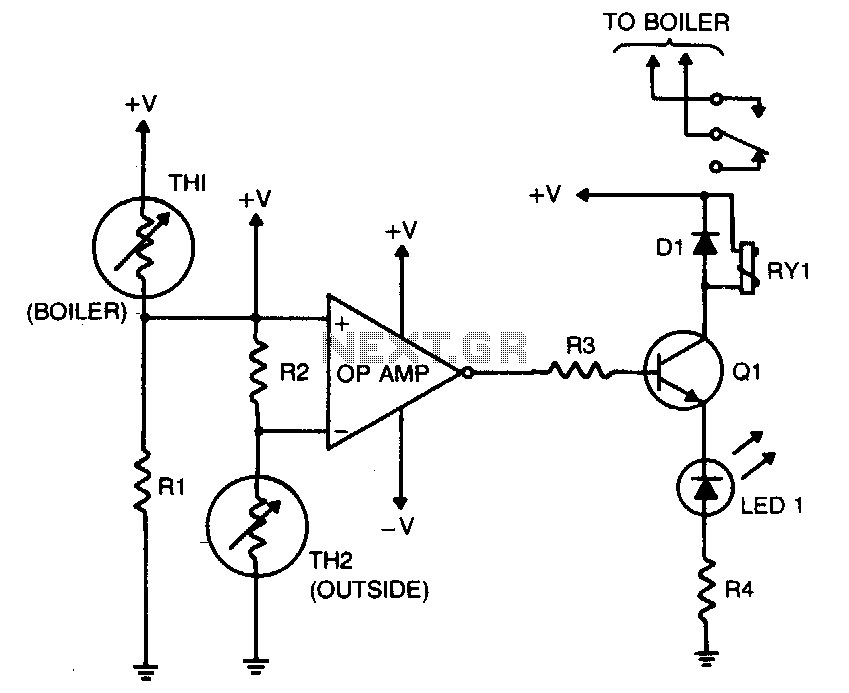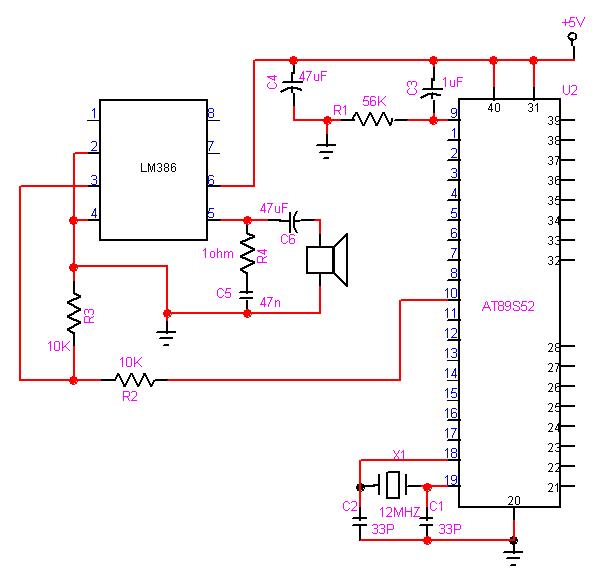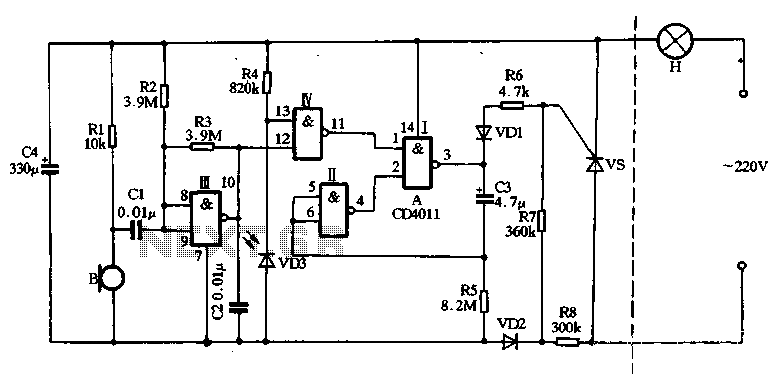
2 Channels RF remote control
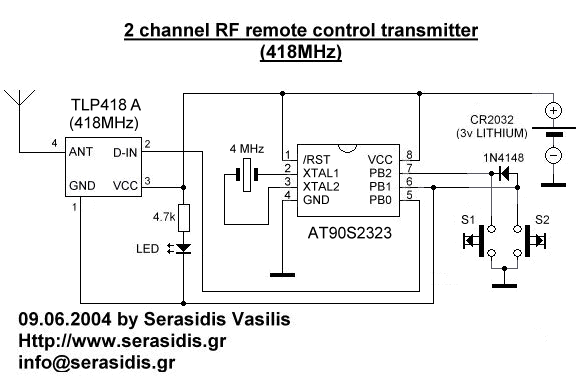
Remote controls are often needed to manage various electric devices. There are several types of remote controls available, including infrared, RF (Radio Frequency), and SMS. Basic short-range remote controls primarily utilize infrared and RF technology. A limitation of infrared is that its signals cannot penetrate walls, making RF the preferred choice for applications like garage door control. The RF transmitter and receiver circuit can be constructed using a few standard components, which simplifies the building process as there is no need to tune coils or variable capacitors. The RF modules operate in the 418 MHz frequency range. The transmitter is designed for power efficiency, requiring a long-lasting battery, while the receiver must remain powered continuously. The transmitter comprises an AT90S2323 microcontroller and a TLP434 RF transmitter module operating at 418 MHz. The design emphasizes battery conservation through the use of a power-down mode in the AVR microcontroller, allowing it to enter a low-power state of less than 1 µA until an external interrupt on pin PB1 wakes it up. When the S2 key is pressed, the logic on this pin goes to 0V, waking the AVR, which then checks the status of the S1 key. If S1 is not pressed, S2 is considered the active key. If S1 is pressed, the logic on PB1 also goes to 0V, indicating S1 is active. The AVR then calculates a checksum and transmits the same 4-byte sequence four times to ensure reliable data reception before returning to sleep mode until the next interrupt on PB1. The TLP434A transmitter activates when the INT0 pin (PB1) goes to 0V, and it stops when the S1 or S2 switches are released. Data transmission is secured by sending 4 bytes at a rate of 2400 bps, where the first two bytes serve as identification for the remote control, the third byte is a command byte that determines relay status, and the fourth byte is a checksum. This method uses a total of 32 bits, allowing for a vast number of unique combinations (over 4 billion) to distinguish this remote from others. The transmitter is compatible with all 2323 chips, but the AT90LS2323 is preferred for its operational voltage range of 2.7 to 6 volts. The AT90S2323 microcontroller operates between 4 to 6 volts and functions effectively with a 3V lithium battery. The receiver consists of an RLP434A RF module at 418 MHz, an AT90S2313 microcontroller, and two relays capable of handling loads up to 10 Amps at 250 Volts. The RLP434A RF receiver module operates with ASK modulation and provides both digital and analog outputs, although only the digital output is utilized. The transmitter sends 4 bytes at 2400 bps four times, which the RLP434A collects and forwards to the AT90S2313 via the RxD pin (PD0). The AT90S2313 employs a hardware UART set at 2400 bps, ensuring stable data transmission, as it includes a buffer (UDR register) that prevents data loss during concurrent operations. The power supply for the RF receiver includes two voltage regulators: an LM7812 for the relays and an LM7805 for the AVR microcontroller and RF receiver module. An LED serves as a voltage indicator, while four capacitors are used for voltage smoothing. When powered, pressing the S1 key on the transmitter will activate the relay connected to PB0 on the receiver, and pressing it again will deactivate the relay. Similarly, pressing the S2 key will activate the relay connected to PB1, with the second press deactivating it. Each key is designated for a specific relay, allowing for versatile applications, such as controlling a garage door and a garage light with two separate relays.How many times you needed some remote control to handle some electric device many times. There are lot of remote controls like infrared, RF, SMS (like my other circuit) and more. The basic small-range remote controls are 2, Infrared and RF (Radio Frequency). One of the weaks of Infrared is that the signal can not pass the walls. So, if you want to control your garage door, the only way is to use some RF remote control. The circuit (transmitter and receiver) use few components and ordinary (I love few component circuits). Its easy to build it because you don`t have to tune-up any coil or variable capacitor. The RF modules are fix to work in 418MHz area. b. ) and the power-saving of the transmitter. One transmitter must have battery long-life, there is not good to change the battery after 3 days ;).
I don`t care about the receiver`s power supply, because receiver must be working all the time. The transmitter is constituted by AT90S2323 microcontroller and TLP434 RF transmitter module at 418MHz. I have designe the transmitter for more battery economy and safe transmition of the data. o The battery economy is made it by the use of powerdown mode of AVR. In this case the AVR goes to sleep with less than 1uA (microampere) current and wait for external interrupt on pin PB1 to awake from sleep and continue operating.
If you press the S2 key, the logic of this pin goes to `0` (0V) and AVR awake frome the sleep mode (because PB1 is INT0) and check if pressed the S1 key. If not, the AVR take as pressed key the S2. If yes the AVR take as pressed key the S1. If you press the S1 key the logic of this pin and PB1 (through 1N4148) goes to `0` (0V). In this case the AVR take as pressed key the S1. After, calculate the checksum and transmit 4 times the same 4 byte sequence to make sure that receiver takes the data and goes to sleep mode until next interrupt on PB1.
When the INT0 pin (PB1) of AVR goes to 0V, the transmitter TLP434A is working. If you stop press the switch S1 or S2, the TLP is stop working. o The safe transmition of the data based to transmition of 4 bytes with serial form at 2400 bps (bits per seconds). 1st and 2nd byte are for recognition of valid remote control from receiver (like ID bytes), 3rd byte is command byte.
The relays status dependet by the value of this byte. Finaly, the 4th byte is the checksum of the earlier 3 bytes. This method use 4 bytes x 8 bit each = 32 bit length (without start and stop bits). That is mean 1 possibility at 4. 294. 967. 295 to receive the receiver, the same 4 bytes from some other RF device. This transmitter will work with all 2323 chips but better is AT90LS2323 with working voltage 2. 7 - 6 volts. The microcontroller that I use is AT90S2323 with working voltage 4 - 6 volts. Its worked fine with 3v lithium battery. The receiver constituted by RF receiver module RLP434A at 418MHz, the microcontroller AT90S2313 and the 2 relays with can handle any electric (or electronic) device up to 10 Amps (the contacts of my relays are 10Amp at 250Volts). The RLP434A is an RF receiver module with receipt frequency at 418MHz with ASK modulation. There are 2 outputs from this module, the digital, with levels from 0v to VCC (5 volts in our case) and the analog output.
Analog output is not used. The transmitter send 4 bytes with 2400bps 4 times and the receiver RLP-434A, collect them and move them to AT90S2313 to RxD pin, PD0. a. ) AT90S2313 use a hardware UART adjusted at 2400bps and the hardware UART is more stable, with smaller code, than software UART that I use in the transmitter.
If some serial data arrive at the middle-time of some other routine other than receive routine, for sure we will loose this bits of data. The hardware UART does not have this problem because have buffer for this (UDR register). This is what I mean that the hardware UART is "stable". The power supply of RF receiver constituted by 2 voltage regulator, LM7812 and LM7805. The first (12V) its only to power the 2 relays and the 2nd (5V) to power the AVR microcontroller and the RF receiver module.
The LED, is voltage indicator and the 4 capacitors are to flattening the voltage. Power on the receiver and press S1 key to transmitter. You will see that relay on PB0 of receiver will arm. If you press one more time the same key, the relay will dissarm. If you press S2 key from transmitter you will see that relay on PB1 of receiver will arm. If you press one more time the same key, the relay will dissarm. Each key is for 1 relay only. I choose to drive 2 relays and not only 1 because for some application like garage door 1 relay can handle the door (open-close) and the other to turn-on or off the light of the garage. 🔗 External reference
I don`t care about the receiver`s power supply, because receiver must be working all the time. The transmitter is constituted by AT90S2323 microcontroller and TLP434 RF transmitter module at 418MHz. I have designe the transmitter for more battery economy and safe transmition of the data. o The battery economy is made it by the use of powerdown mode of AVR. In this case the AVR goes to sleep with less than 1uA (microampere) current and wait for external interrupt on pin PB1 to awake from sleep and continue operating.
If you press the S2 key, the logic of this pin goes to `0` (0V) and AVR awake frome the sleep mode (because PB1 is INT0) and check if pressed the S1 key. If not, the AVR take as pressed key the S2. If yes the AVR take as pressed key the S1. If you press the S1 key the logic of this pin and PB1 (through 1N4148) goes to `0` (0V). In this case the AVR take as pressed key the S1. After, calculate the checksum and transmit 4 times the same 4 byte sequence to make sure that receiver takes the data and goes to sleep mode until next interrupt on PB1.
When the INT0 pin (PB1) of AVR goes to 0V, the transmitter TLP434A is working. If you stop press the switch S1 or S2, the TLP is stop working. o The safe transmition of the data based to transmition of 4 bytes with serial form at 2400 bps (bits per seconds). 1st and 2nd byte are for recognition of valid remote control from receiver (like ID bytes), 3rd byte is command byte.
The relays status dependet by the value of this byte. Finaly, the 4th byte is the checksum of the earlier 3 bytes. This method use 4 bytes x 8 bit each = 32 bit length (without start and stop bits). That is mean 1 possibility at 4. 294. 967. 295 to receive the receiver, the same 4 bytes from some other RF device. This transmitter will work with all 2323 chips but better is AT90LS2323 with working voltage 2. 7 - 6 volts. The microcontroller that I use is AT90S2323 with working voltage 4 - 6 volts. Its worked fine with 3v lithium battery. The receiver constituted by RF receiver module RLP434A at 418MHz, the microcontroller AT90S2313 and the 2 relays with can handle any electric (or electronic) device up to 10 Amps (the contacts of my relays are 10Amp at 250Volts). The RLP434A is an RF receiver module with receipt frequency at 418MHz with ASK modulation. There are 2 outputs from this module, the digital, with levels from 0v to VCC (5 volts in our case) and the analog output.
Analog output is not used. The transmitter send 4 bytes with 2400bps 4 times and the receiver RLP-434A, collect them and move them to AT90S2313 to RxD pin, PD0. a. ) AT90S2313 use a hardware UART adjusted at 2400bps and the hardware UART is more stable, with smaller code, than software UART that I use in the transmitter.
If some serial data arrive at the middle-time of some other routine other than receive routine, for sure we will loose this bits of data. The hardware UART does not have this problem because have buffer for this (UDR register). This is what I mean that the hardware UART is "stable". The power supply of RF receiver constituted by 2 voltage regulator, LM7812 and LM7805. The first (12V) its only to power the 2 relays and the 2nd (5V) to power the AVR microcontroller and the RF receiver module.
The LED, is voltage indicator and the 4 capacitors are to flattening the voltage. Power on the receiver and press S1 key to transmitter. You will see that relay on PB0 of receiver will arm. If you press one more time the same key, the relay will dissarm. If you press S2 key from transmitter you will see that relay on PB1 of receiver will arm. If you press one more time the same key, the relay will dissarm. Each key is for 1 relay only. I choose to drive 2 relays and not only 1 because for some application like garage door 1 relay can handle the door (open-close) and the other to turn-on or off the light of the garage. 🔗 External reference
